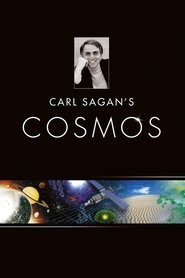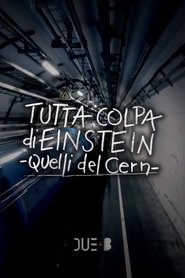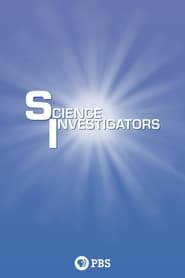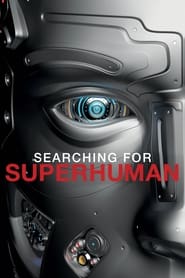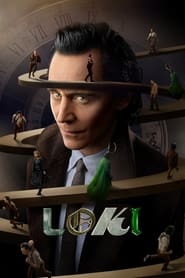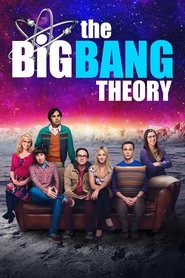
Light and Dark - Season 1 Episode 1 Light
The story of how we used light to reveal the cosmos begins in the 3rd century BC when, by trying to understand the tricks of perspective, the Greek mathematician Euclid discovered that light travels in straight lines. In Renaissance Italy 2,000 years later, Galileo Galilei did just that by using the lenses of his simple telescope to reveal our true place in the cosmos.With each new insight into the nature of light came a fresh understanding of the cosmos. In the 1670s, the Danish astronomer Ole Roemer discovered that light travelled at a finite speed, a discovery that had a profound implication. And in 1964, by detecting the cosmic microwave background, the afterglow of the big bang, we captured the oldest light in the universe and saw as far back as it is possible to see with light.
- Title: Light and Dark
- Year: 2016
- Genre: Documentary
- Country: United Kingdom
- Studio: BBC Four
- Director:
- Cast: Jim Al-Khalili
- Crew: Stephen Cooter (Director), Andrew Fleming (Director of Photography), Tom Hayward (Director of Photography)
- Keyword: light, universe, dark matter
- Runtime: 60 minutes
- IMDb: 6.00 / 10 by 4 users
- Popularity: 2.11
- First Air Date: Oct 10, 2016
- Last Air date: Oct 17, 2016
- Season: 1 Season
- Episode: 2 Episode
- Language: English
 Apple TV
Apple TV Google Play Movies
Google Play Movies Fandango At Home
Fandango At Home Netflix
Netflix Amazon Prime Video
Amazon Prime Video Amazon Video
Amazon Video MUBI
MUBI




